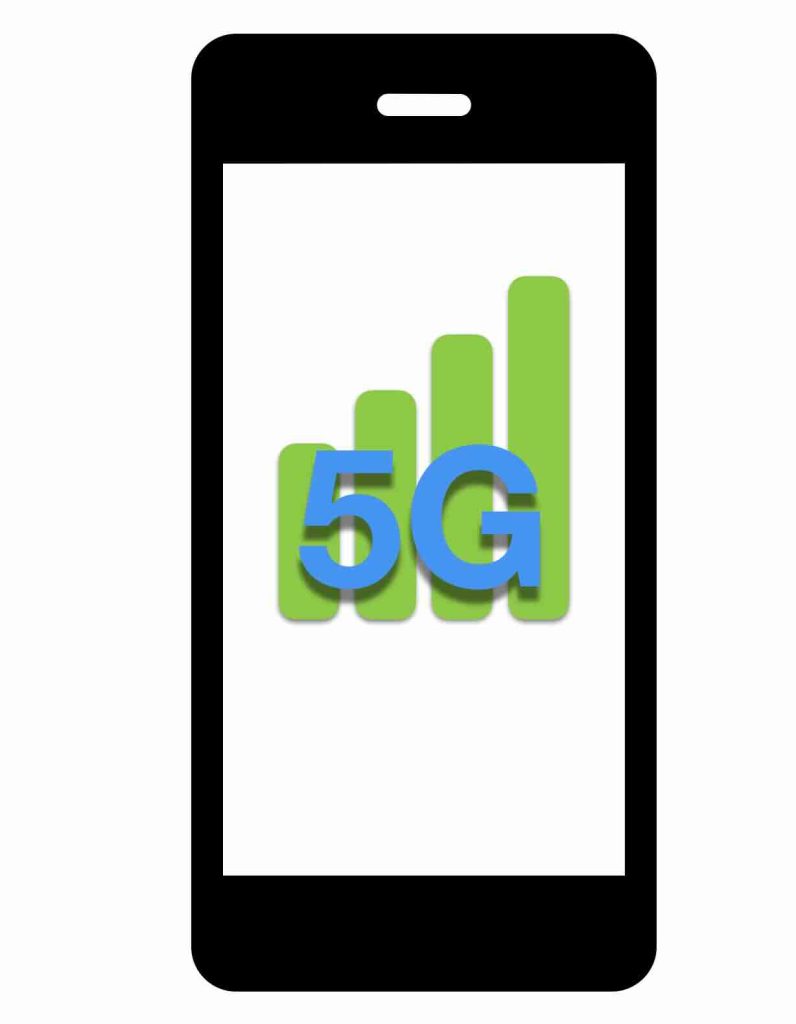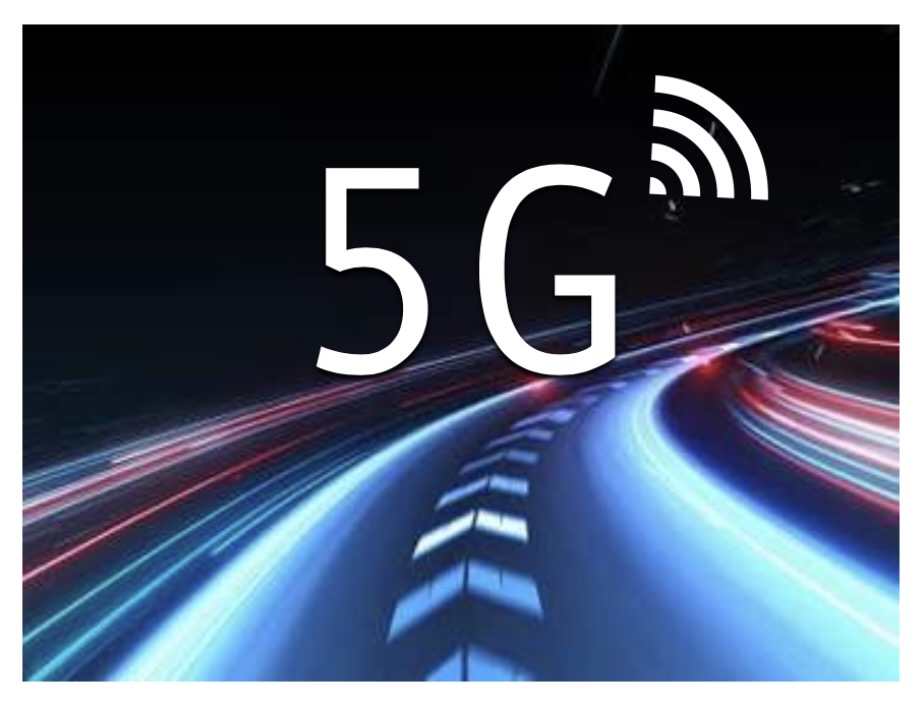5G has proven to be a reliable Internet service, offering faster internet speeds, lower latency, and a more reliable connection. However, as many users experience, 5G signal strength can vary greatly depending on the location, network conditions, and the device being used. If you’ve ever wondered what those signal bars on your phone really mean […]
Tag: mmWave
Ericsson, Qualcomm, and Dronus Showcase Breakthrough 5G mmWave Drone in U.S. Smart Factory
In a remarkable technological milestone, Ericsson has partnered with Qualcomm and Dronus to demonstrate a state-of-the-art 5G millimeter wave (mmWave) powered drone at Ericsson’s USA 5G Smart Factory. This collaboration marks a significant leap in industrial automation, showcasing the first use of a natively mmWave 5G device in an industrial setting. The successful test leveraged […]
Understanding the Technical Aspects of 5G Technology
The demand for faster, more reliable mobile communication technologies continues to grow. 5G promises to revolutionize how we connect and interact with the digital world, but do we really understand it? This technology is designed to enhance mobile broadband services, support ultra-reliable low-latency communications, and enable massive machine-type communications. These capabilities are achieved through a […]
The Factors Impacting Your 5G Bandwidth Speeds
The dawn of 5G promised lightning-fast internet speeds, heralding a new era of connectivity. However, the reality often falls short of these lofty expectations, leaving many users frustrated and wondering why their 5G speeds are not as blazing fast as advertised. Several factors can affect your 5G bandwidth speeds, ranging from technical limitations to network […]
5G and Telecommunications: How 5G is Reshaping the Industry
Technology continues to advance at an unprecedented pace. The emergence of 5G stands out as a pivotal moment in the evolution of connectivity and has fundamentally transformed the telecommunications industry in ways that would have been science fiction a few decades ago. This fifth-generation wireless technology has swiftly become a driving force behind a new […]
T-Mobile Sets a New Standard with 5G Standalone Millimeter Wave
T-Mobile continues to push boundaries and solidify its position as the leader in 5G innovation. With a commitment to providing the largest, fastest, and most awarded 5G network in the United States, T-Mobile has once again made headlines by successfully testing 5G standalone millimeter wave (mmWave) technology on its production network. As of now, T-Mobile’s […]
Do I Need A Router That Supports 5G mmWave?
2022 has brought in a lot of great things related to 5G coverage and understanding what this means for us all, and how to maximize on what is available to you now while also prepping for what is still to come. With the announcement of 5G the conversation has brought up topics about the growing […]
How is Nokia Testing 5G-Advanced and 6G?
Nokia Bell Labs and Keysight Technologies have partnered in order to verify the performance of 5G-Advanced and 6G transceiver (TRX) modules. Nokia is looking to accelerate research and development critical to supporting 5G-Advanced and 6G use cases. These are use cases which leverage millimeter wave (mmWave) and sub-terahertz (THz) frequencies to wirelessly transmit large amounts […]
What Frequency Bands Does 5G Use?
If you’re in the market for a 5G cellular modem or router, you may want to consider its supported frequency bands. There are three types of 5G. Sub-6 (also called FR1) refers to low band frequencies below 6GHz, and mmWave (also called FR2) refers to frequencies over 24GHz. You also have mid band, or the […]
How Inseego and Qualcomm Helped UScellular Launch 5G
As the fourth largest cellular in the United States, UScellular doesn’t make the headlines much. Now, with the collaboration of companies Qualcomm Technologies, Inc. and Inseego, they have launched its 5G mmWave high-speed internet service. This launch, which is happening in 10 cities, follows a friendly user trial that began in Janesville, WI. in 2021. […]



